Cathy Freeman was pivotal in helping the Aboriginal Flag become recognised as an official flag of Australia.
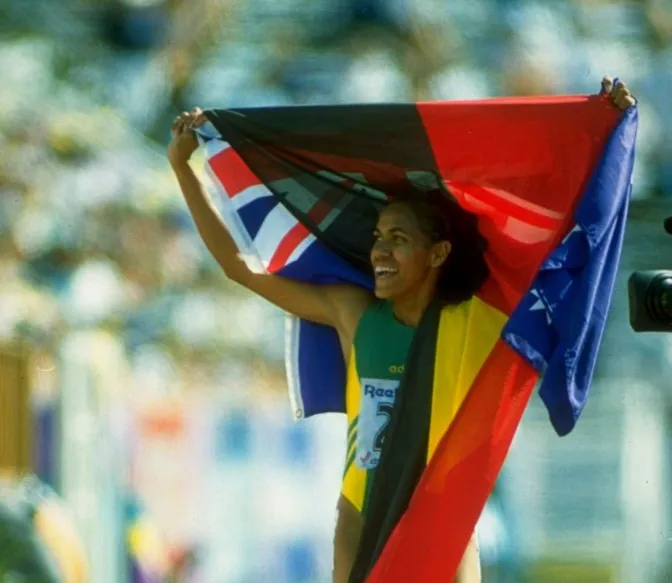
Wrong
Correct
Cathy Freeman carrying the Aboriginal Flag at the Commonwealth Games in 1994, and the conversation and controversy that it provoked, led to the flag being recognised as an official flag of Australia in 1995.
The 1948 Invincibles, captained by Sir Donald Bradman, were the first Australian cricket team to tour internationally.
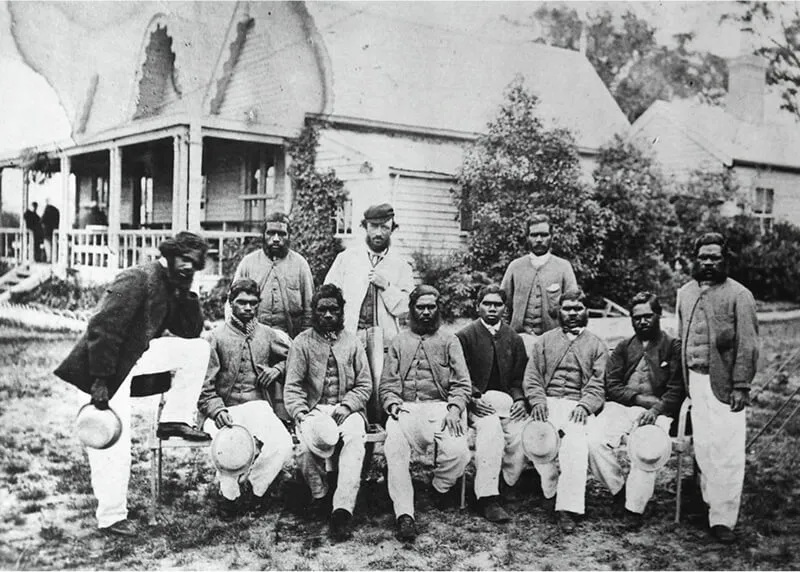
Wrong
Correct
In 1868, the Aboriginal XI Cricket team was the first Aussie team of any sport, to tour internationally - in 2002 they were recognised as one of the inaugural Team Sport Australia Award winners, as part of the Sport Australia's Hall of Fame.
Following a successful tour of South Africa in 1971, the best players from the Australian Men's Rugby team became known as the Wallaby 7.
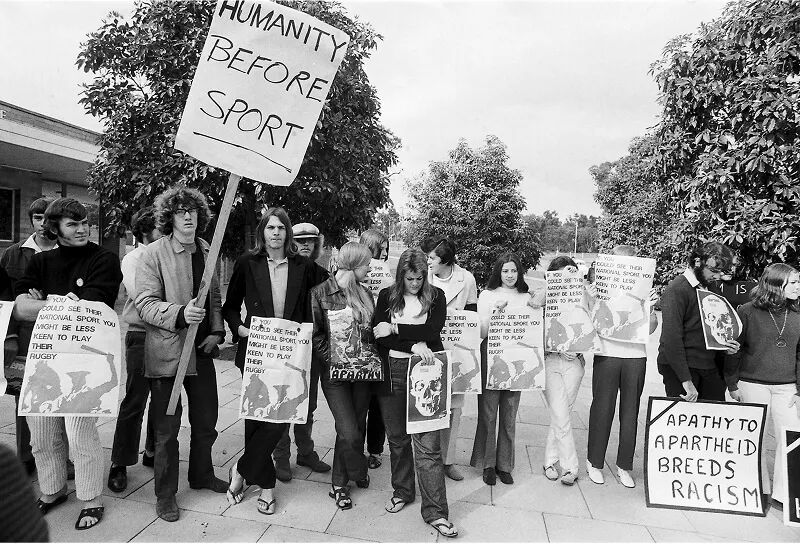
Wrong
Correct
After witnessing apartheid first-hand in South Africa, the Wallaby 7* boycotted the 1971 Springbok tour and gave their Springbok jerseys to Aboriginal activists. Their stance inspiring mass anti-apartheid protests across Australia.
*7 Australian Rugby Union players
Adam Goodes, dual Sydney Swans Premiership player and Brownlow medallist, won Australian of the Year for his sporting excellence.
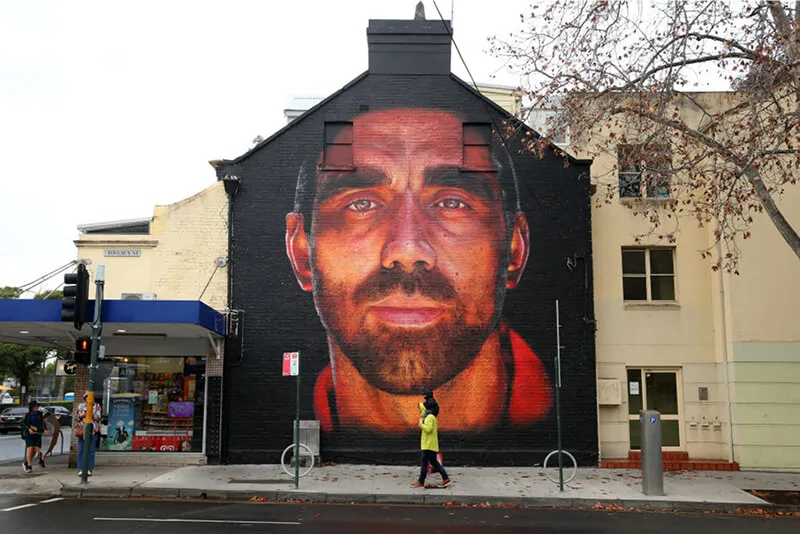
Wrong
Correct
Adam Goodes called out racism from a spectator in 2013, and experienced ongoing backlash for taking a public stance against racism.
He was recognised as Australian of the Year in 2014 for his advocacy on and off the field for the fight against racism.
In 1996, the National Soccer League in Australia expelled clubs for having colours and flags from their home countries on their team logos.
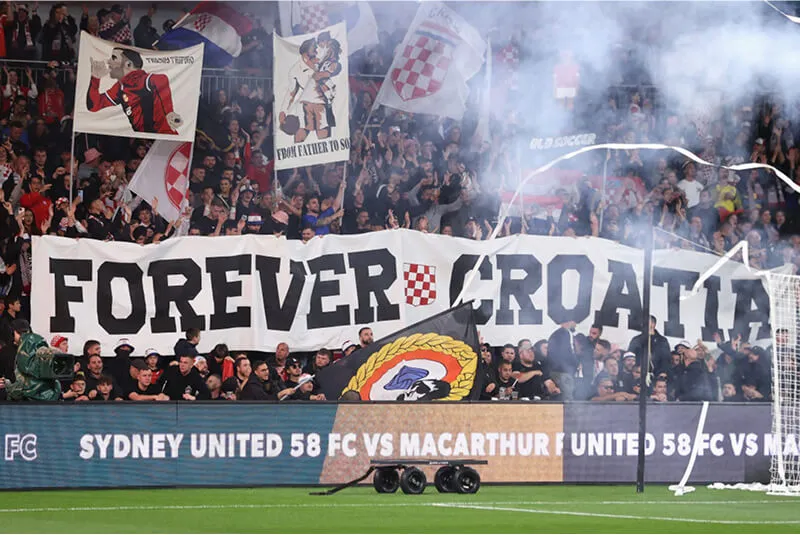
Wrong
Correct
In 1996, several Australian soccer clubs were expelled from the National Soccer League for refusing to remove their home countries national colours and flags from their team logos. This ban was only lifted in 2019.
Usman Khawaja leapt from the stage at the 2022 Ashes Series because he didn’t feel the team’s performance deserved celebration.
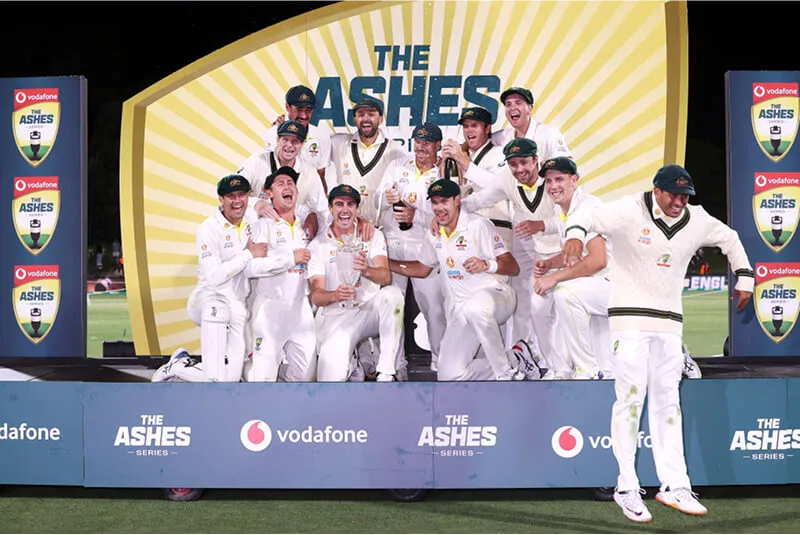
Wrong
Correct
Usman Khawaja leapt from the onstage celebrations at the 2022 Ashes Series to avoid the victorious Champagne spray, as consuming alcohol was against his cultural beliefs.
Pat Cummins responded to this by bringing him back to the stage and ensured subsequent celebrations were Champagne free. This is an incredible example of inclusive leadership!
Your team has a dress code that doesn’t allow headdresses to be worn underneath the uniform. This would mean hijabs or turbans are not allowed.
Is this racism?
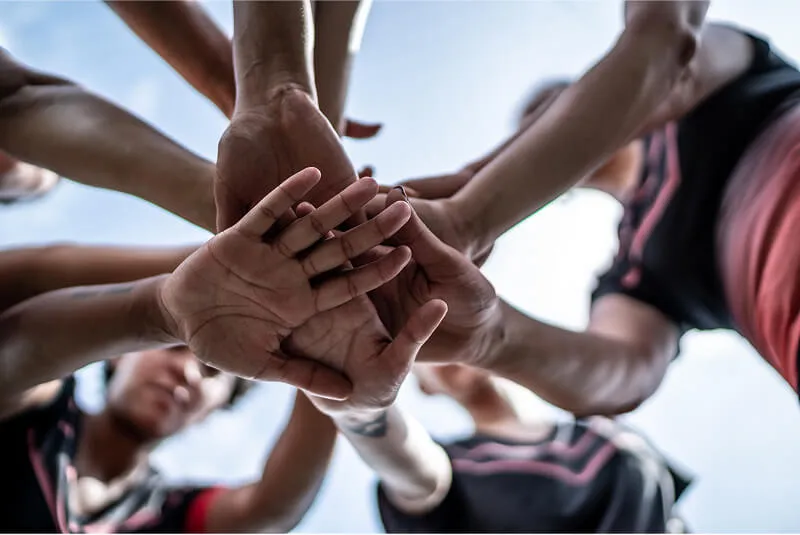
Wrong
Correct
Whether intentional or not, policies like these are a form of systemic racism.
Systemic racism is when rules, policies, or everyday activities result in unequal treatment, opportunities or exclusion for people because of their race or culture - even if no one actually means to be racist.
There aren’t any people from different racial backgrounds in leadership roles at your club, on and off the field.
Is this racism?
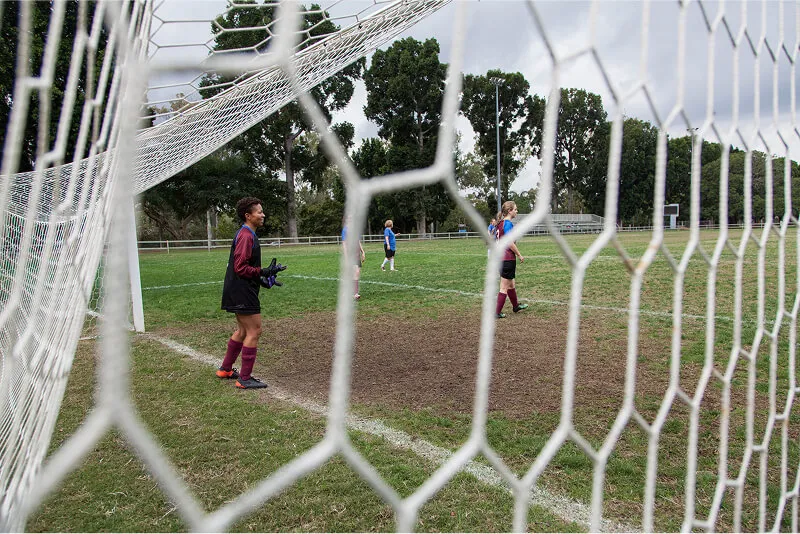
Wrong
Correct
Selecting specific people as leaders over others from different backgrounds might not always be seen as racist. It can, however, be an example of systemic racism due to the long-term bias towards white Australians being afforded more leadership opportunities.
Just like on the field, the best clubs thrive when everyone is given a chance to play a role and bring their best.
A spectator at your sporting event has singled out the only player with a racially diverse background and keeps commenting negatively on their performance.
Is this racism?
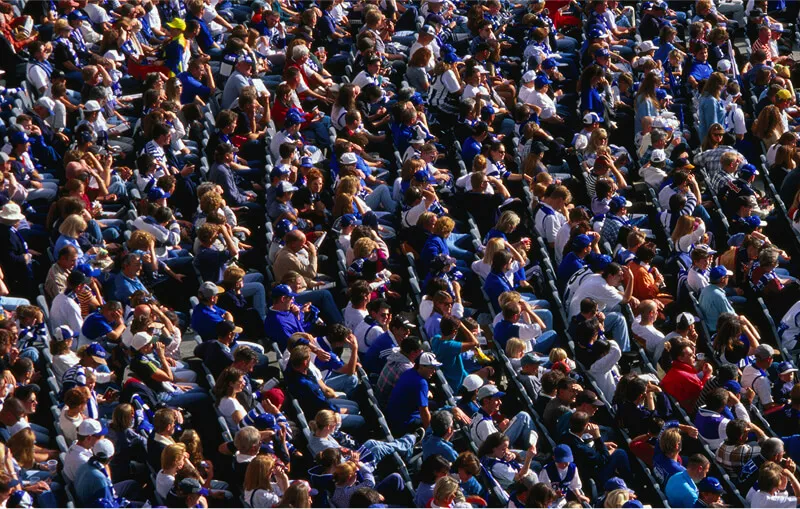
Wrong
Correct
Singling out a player because of their skin colour or racial background, is racism. Letting it happen is harmful. For players from racially diverse backgrounds, negative comments can cut even deeper because of previous experiences with racism.
An incident like this can be devastating for the player and damage the culture, safety and wellbeing of players at the club, sending the message that people of racially diverse backgrounds that they are not welcome on or off the field.
Your coach decides not to select a player who is willing to play, as they are fasting that week for religious reasons.
Is this racism?

Wrong
Correct
It is racism to exclude a player for religious or cultural reasons. This should be a discussion between the coach and the player about the specific circumstances, and if any adjustments are needed.
This can also be an opportunity for the coach and player to share their culture with others, showing how support for players can look within the sport.
A Welcome to Country Ceremony is booed at a major sporting event you are attending.
Is this racism?
.webp)
Wrong
Correct
Booing Welcome to Country Ceremonies is racist and disrespectful to Aboriginal and Torres Strait Islander cultures and history and creates an atmosphere of exclusion.
Welcome to Country is a showcase of culture, inclusivity, allyship and respect for Country and culture as well as an educational opportunity for all Australians. This makes it a great conversation starter for talking and learning about Aboriginal and Torres Strait Islander cultures.
As a coach, you hear that a member of your team has been racially targeted by a spectator. What should you do?
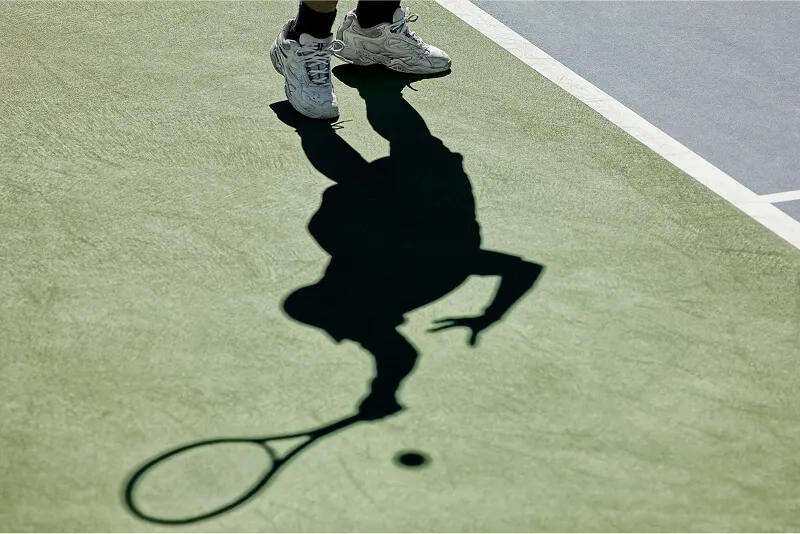
It’s ok to feel unsure about what is the right thing to do, but the worst thing you can do is nothing, or minimise what has happened.
Addressing it with the player in a safe place and discussing values and expectations with the wider team are great actions. If you are unsure on what to do check out your sports policies, discuss options with the leadership team or anti-racism experts and support services. There is lots of support out there for you.
Every year, many sports host Indigenous Rounds, featuring Indigenous designed jerseys, cultural performances and more. In your opinion these Rounds are about…
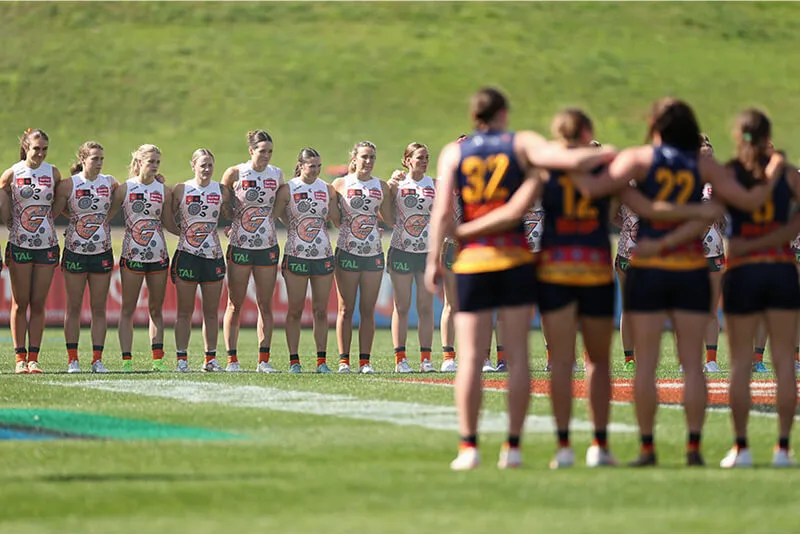
Indigenous Rounds are a great way to share culture and history with the sporting community, celebrate Indigenous achievement, and promote conversations about inclusivity.
For those who might not know much about Indigenous culture, it’s a great invitation to get curious.
A sports commentator consistently refers to Aboriginal and Torres Strait Islander players as “naturally talented” but praises non-Indigenous players for their “hard work” and “intelligence.” In your opinion, this is:
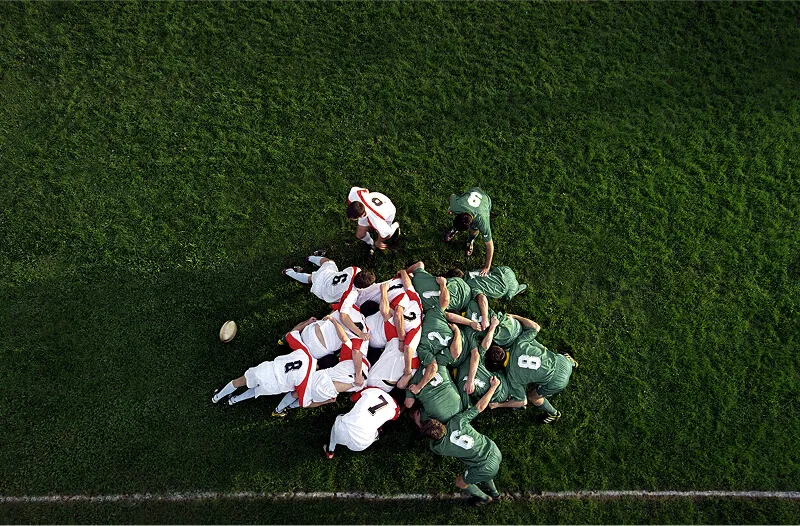
Racism can be embedded deeply in society, and subtle racism can feel hard to address or understand.
Assuming that Aboriginal and Torres Strait Islander players got there on luck, i.e. natural talent, rather than hard work and discipline, is a form of racism that undermines the real achievements of Aboriginal and Torres Strait Islander players.
You are a committee member of your local sporting club, listening to everyone discuss a new event to celebrate racial and cultural heritage and raise awareness about racism. When it is your turn to share thoughts, do you…
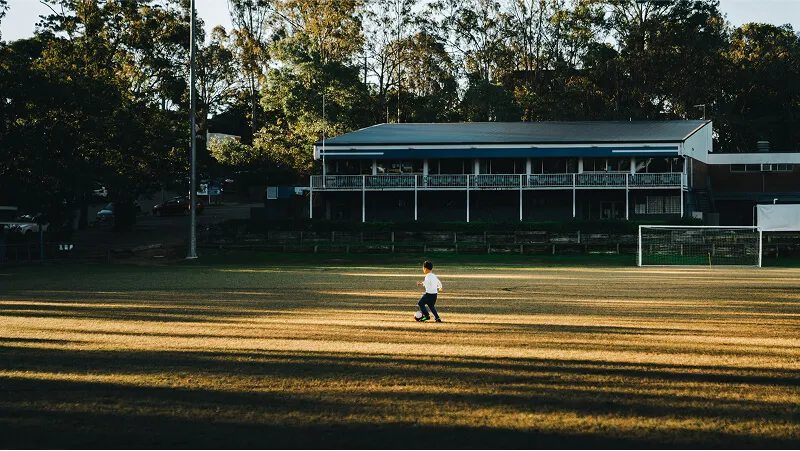
Racism can sometimes feel difficult to tackle and uncomfortable to discuss, but there are really simple, proactive ways you can support inclusiveness in your sport.
Small things like celebrating multiculturalism at club events can make everyone feel welcome and set the tone on and off the field.
You are watching the game with your mates and one of them is screaming racial slurs “as a joke”. What do you do?
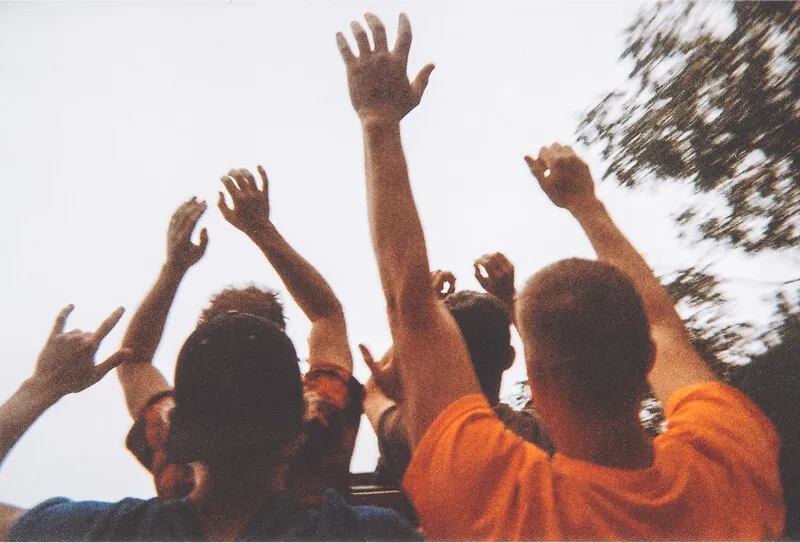
There are many ways to respond, but laughing along or dismissing it as harmless only serves to normalise and reinforce racist behaviour.
You realise a player in your team isn’t at the post-game celebrations, and you think it might be because drinking is not accepted in their culture or religion. What do you do?
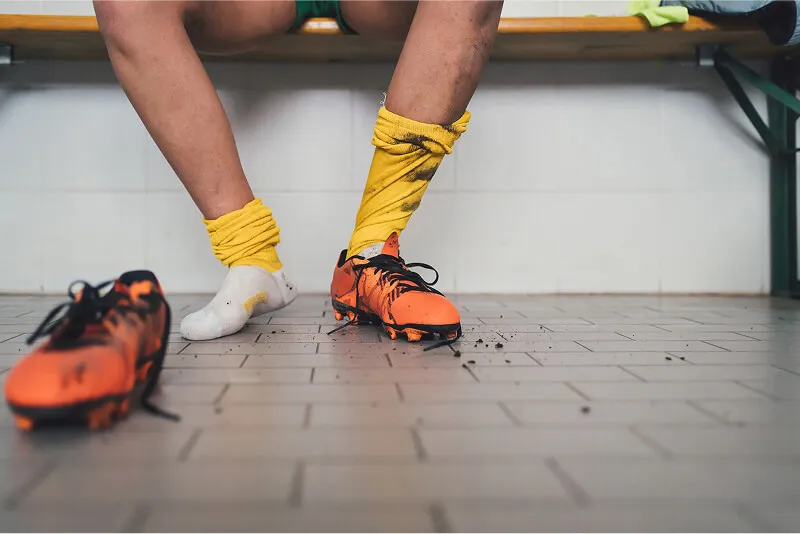
Not considering religious or cultural beliefs creates an environment where not everyone feels welcome or can participate fully.
It is a subtle form of racism. Often this happens unintentionally. The most important thing is to take action when you become aware of it.